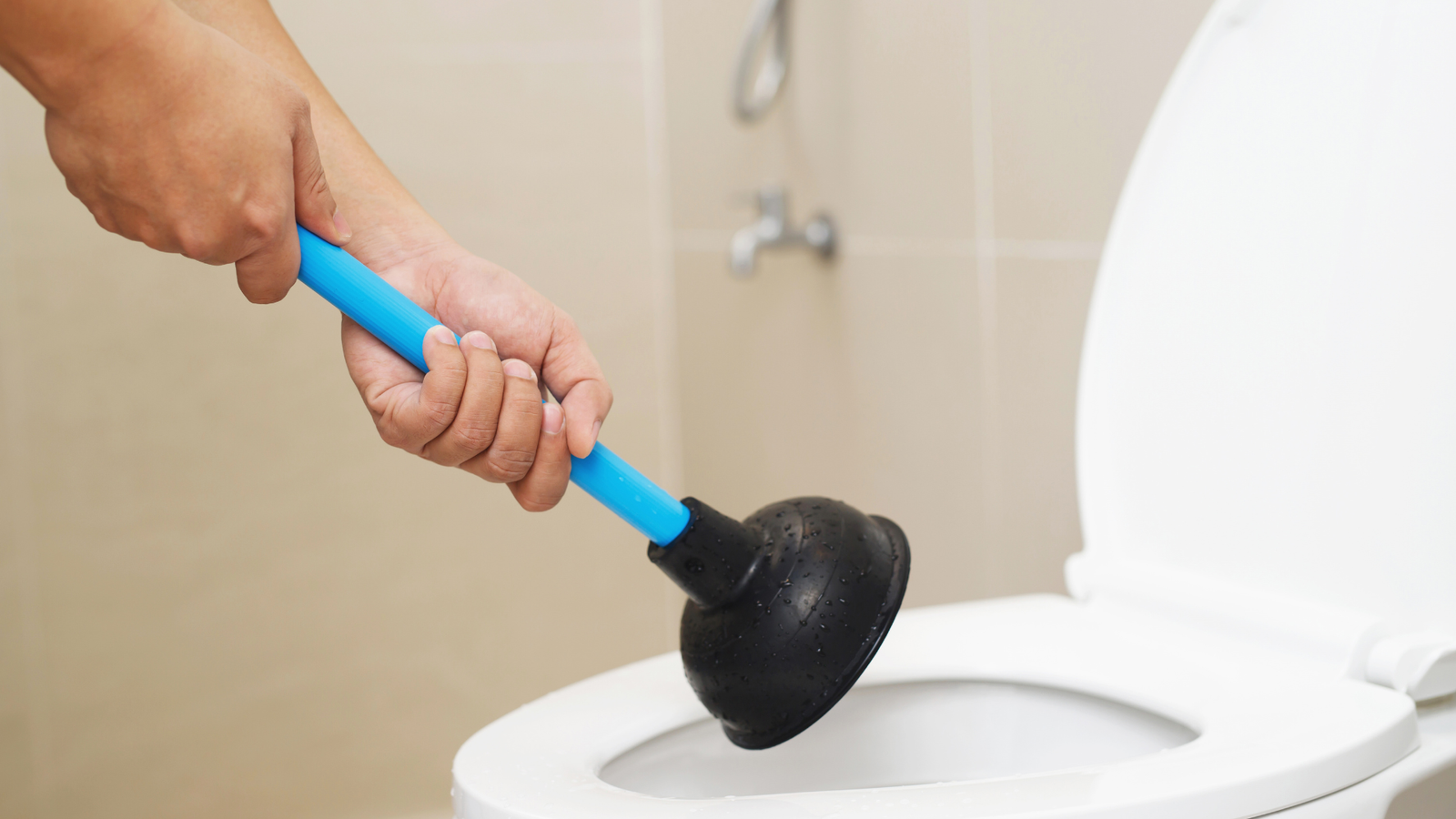Don't Be a Drain: Simple Plumbing Fixes You Can (Actually) Tackle
Let’s face it, plumbing problems can be a real drag. Dripping faucets, sluggish drains, and surprise backups – they’re enough to make anyone reach for the plumber’s number. But hold on a sec. Before you unleash the cavalry, there are a few basic fixes you can try yourself.
Why DIY? Here’s the thing: plumbing isn’t rocket science. Most common issues are straightforward mechanical problems. Think of it like tightening a loose screw or changing a lightbulb. Plus, tackling a simple fix can be empowering. Knowing you unclogged that drain yourself? That’s a quiet satisfaction you can’t buy.
Of course, this isn’t a one-size-fits-all situation. If you’re facing a major leak or something just feels off, call the pros. Don’t risk making things worse (trust me, it happens). But for everyday stuff? Let’s get our hands dirty.
The Arsenal:

Before we dive in, you’ll need some basic tools: a plunger (the classic red friend), a wrench (adjustable is best), a bucket (for catching drips), and maybe a flashlight for those dark under-sink adventures.
Clog Busters:
The dreaded clog. First, identify the culprit: sink, bathtub, or toilet? For sinks and tubs, a good plunging is often enough. Stick the plunger down firmly and give it some serious pumps. Patience is key here. If that doesn’t work, consider a drain snake – a long, flexible cable that can reach deeper clogs. Toilets are a different beast. If plunging fails, resist the urge to get creative (no plungers in garbage disposals, people!). Call a plumber – a toilet clog usually indicates a deeper issue.
Leak Check:
Dripping faucets are annoying, but they can also waste a ton of water (and money). Tightening the packing nut (the part around the base of the handle) with your wrench usually does the trick. For persistent leaks, it might be time to replace the washer inside – a slightly more involved fix, but still doable with a little online research.
Preventative Plumbing:
The best way to deal with plumbing problems? Don’t let them happen in the first place. Here’s the lowdown:
- Don’t pour grease down the drain. It solidifies and clogs things up.
- Use a drain screen. It catches hair and food scraps before they become major headaches.
- Don’t flush anything that shouldn’t be flushed. Tissues, cotton swabs, you name it – not for toilets.
The Bottom Line:
These are just a few basic tips to get you started. Remember, tackling plumbing problems yourself can be a win-win. You save money and gain a little DIY confidence. But if things get tricky, don’t hesitate to call a professional. After all, nobody wants a plumbing disaster on their hands.
Bonus Tip: If you do tackle a DIY fix, document your journey! Take pictures, jot down notes. Sharing your success (or learning curve) online can be helpful for others. Plus, it might just make a great story for your next gathering.
So, there you have it. Don’t be a drain on your own plumbing peace of mind. Take control and see what you can fix yourself. Happy plumbing!
